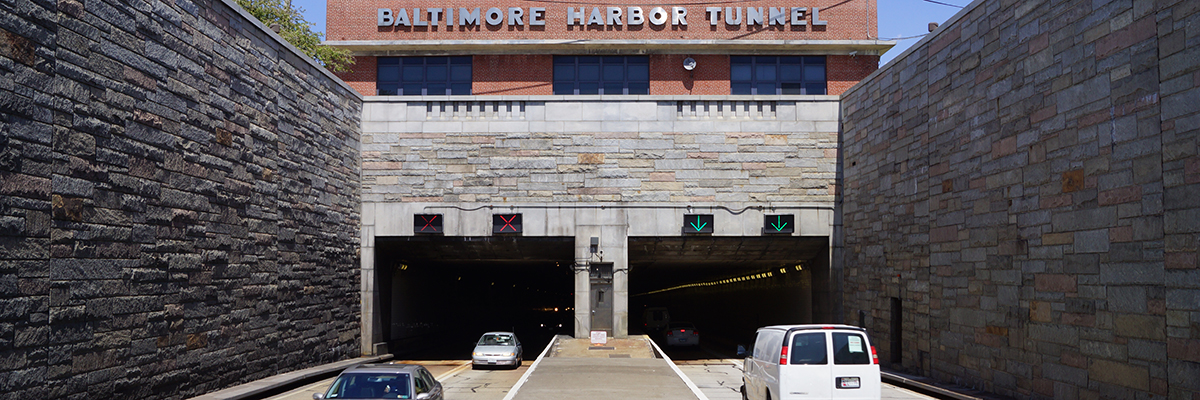
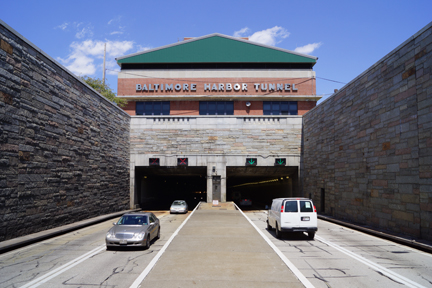
The 1.4-mile, four-lane tunnel opened in November 1957. Designated I-895, the facility crosses under the Patapsco River and connects major north/south highways and many arterial routes in Baltimore City's industrial sections. Including the tunnel and approach roadways, the facility is approximately 18.5 miles in length.
The E-ZPass® electronic-toll-collection system is available at the Baltimore Harbor Tunnel.
Propane, Hazardous Materials & Oversized Vehicle Info:
Vehicles carrying bottled propane gas in excess of 10 pounds per container (maximum of 10 containers), bulk gasoline, explosives, significant amounts of radioactive materials, and other hazardous materials are prohibited from using both the Fort McHenry and Baltimore Harbor Tunnels. In addition, vehicles in excess of 13 feet, 6 inches, in height, or 96 inches (8 feet) in width; and all double trailers are prohibited from using the Baltimore Harbor Tunnel. For additional information regarding these restrictions, please call 410-537-1374.
Contact Information:
-
- Maryland Transportation Authority
Baltimore Harbor Tunnel
1200 Frankfurst Avenue
Baltimore MD 21226
- Maryland Transportation Authority
-
- 410-537-1310
- 1-888-754-0185
- TTY 410-355-7024
- E-mail: [email protected]
Baltimore Harbor Tunnel Quick Facts:
- 1.4 miles
- 18.5 miles
- 21 (ea. approximately 300 ft.long)
- April 21, 1955
- April 11, 1956
- 6,500,000
- When dedicated, the tunnel was the 5th longest underwater vehicular tunnel in the world
- Omero C. Catan of Teaneck, NJ
- Ole Singstad of Singstad and Baillie in New York
- J.E. Greiner Company, now known as URS Corporation
Other Information:
Baltimore Harbor Tunnel History:
The Baltimore Harbor Tunnel is eligible for inclusion in the National Register of Historic Places. For more information about its history, follow link to learn more.




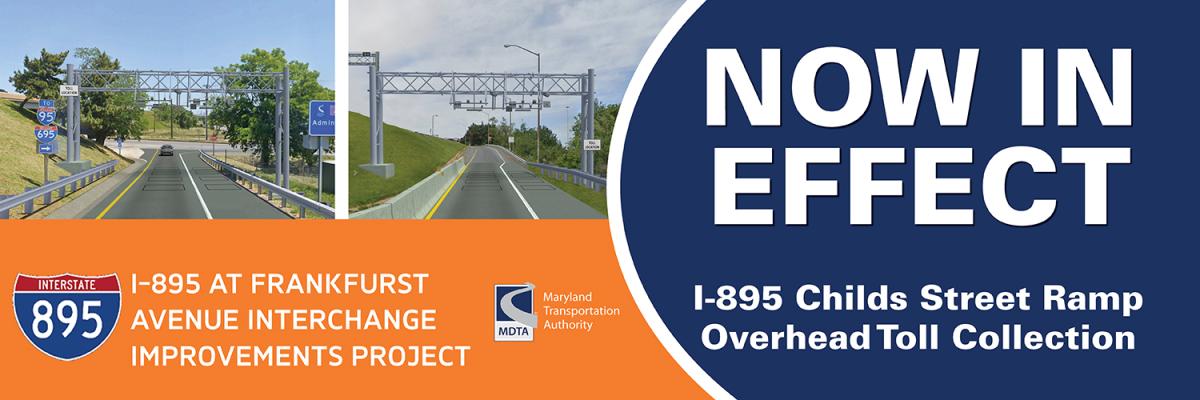
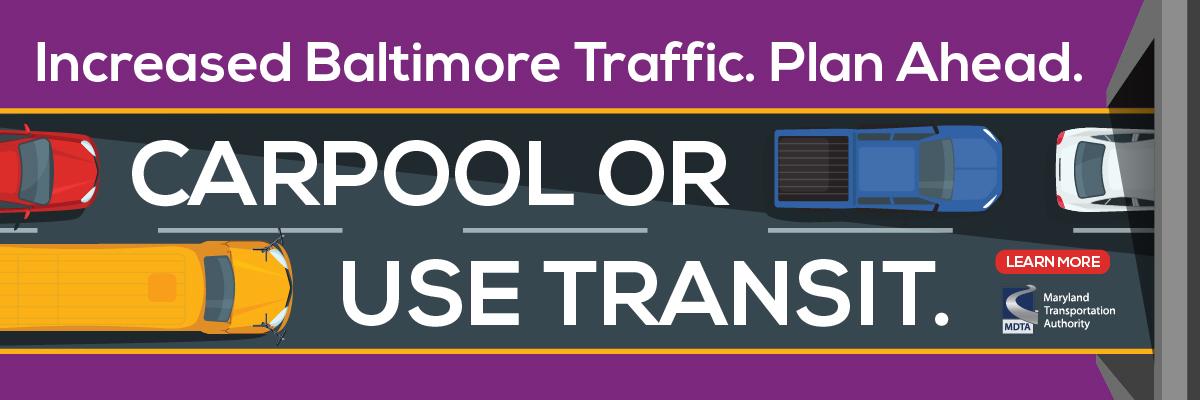


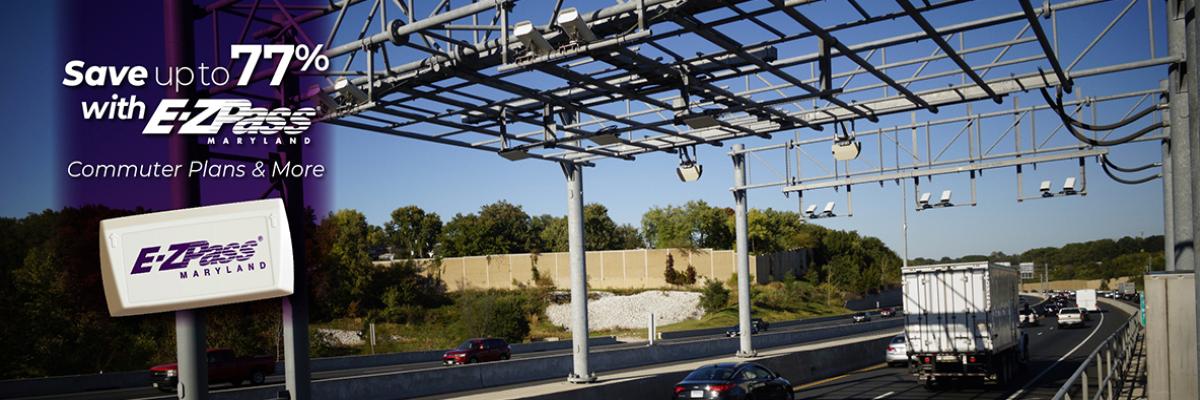
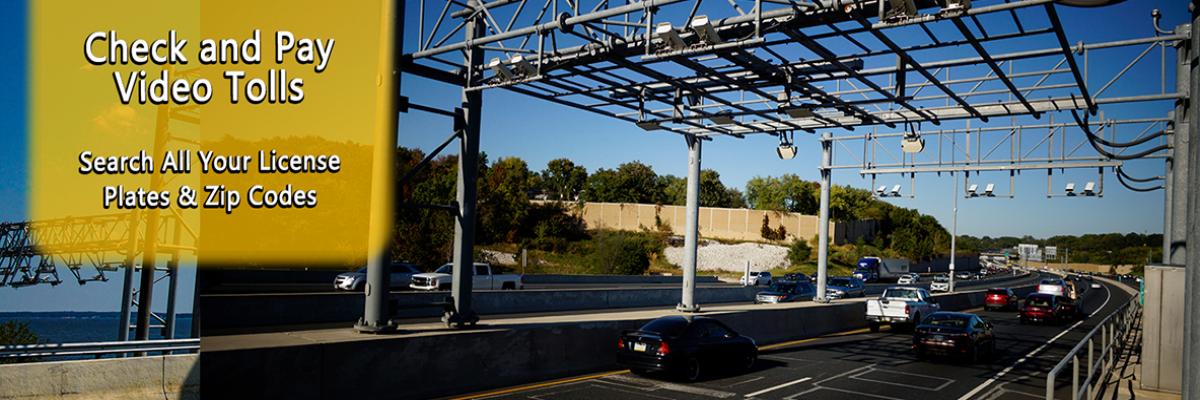
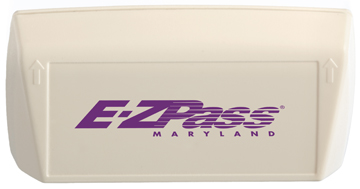
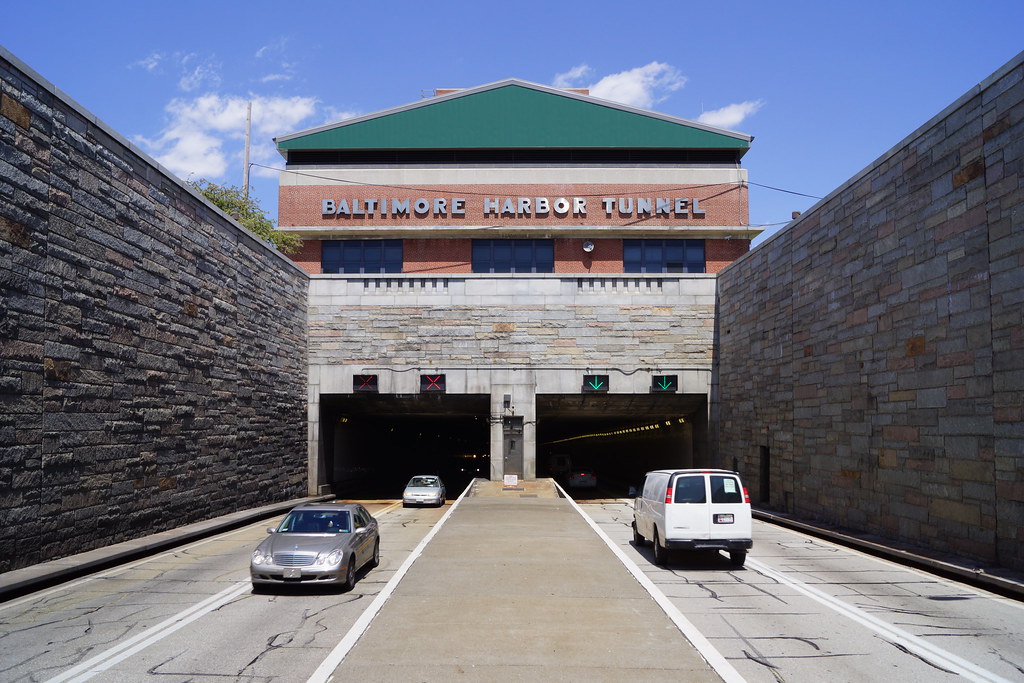
.jpg)
